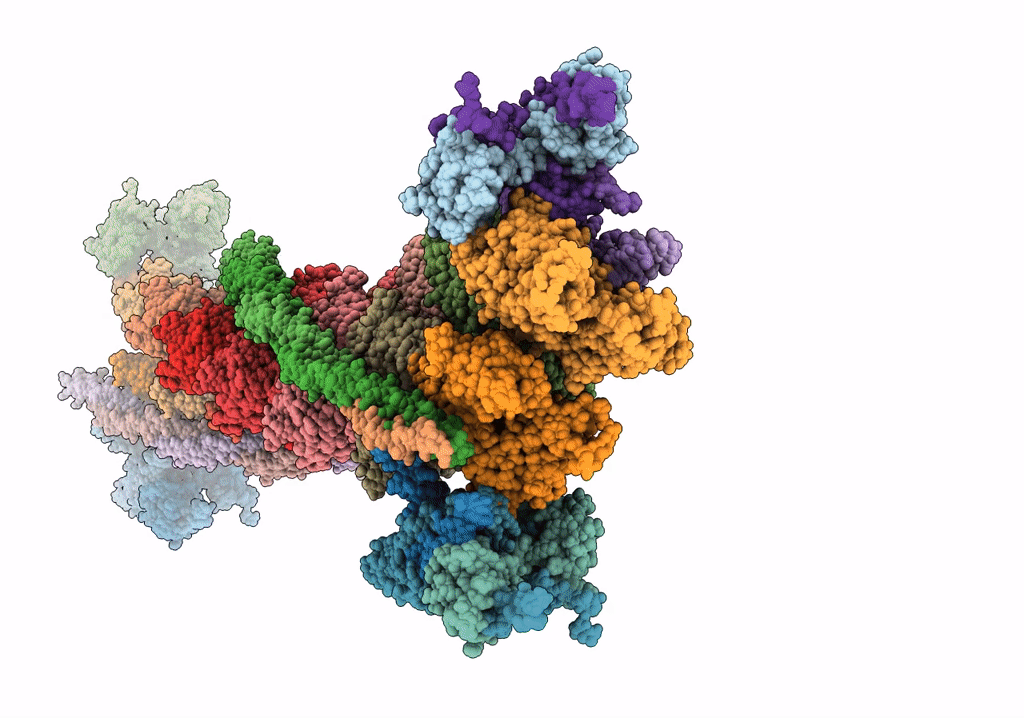
Deposition Date
2008-12-02
Release Date
2010-08-25
Last Version Date
2024-05-08
Entry Detail
PDB ID:
2W4U
Keywords:
Title:
Isometrically contracting insect asynchronous flight muscle quick frozen after a length step
Biological Source:
Source Organism:
GALLUS GALLUS (Taxon ID: 9031)
ORYCTOLAGUS CUNICULUS (Taxon ID: 9986)
ORYCTOLAGUS CUNICULUS (Taxon ID: 9986)
Method Details:


